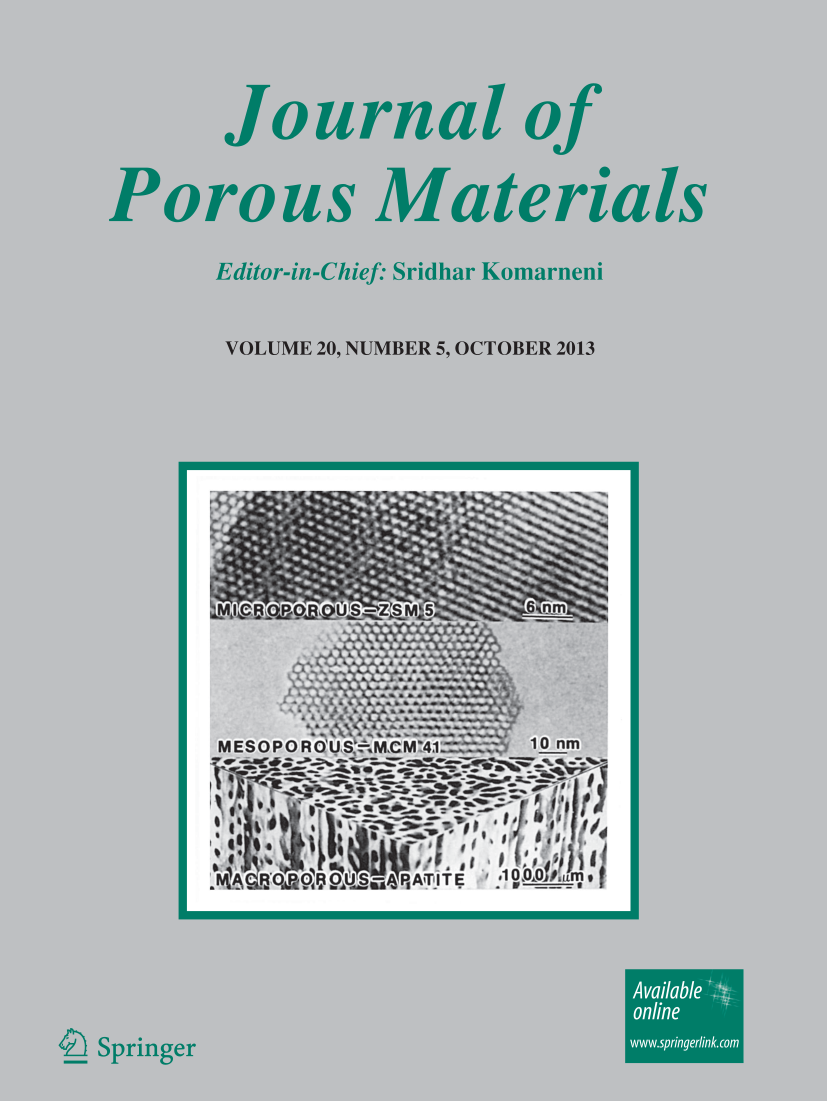Homogeneously dispersed Fe and N sites in a porous carbon framework for persulfate activation in tetracycline hydrochloride degradation
Abstract
Fe/N co-doped carbon material serves as a highly efficient catalyst for mineralizing of organic pollutants. In this study, Fe/N-doped porous carbon catalyst (FeNC-PC) was prepared by an economical and facile method using gelatin hydrogel as a template. The FeNC-PC catalyst was utilized to activate PMS and degrade tetracycline hydrochloride (TC). In the characterization of the FeNC-PC catalyst, Fe and N were homogenously distributed across the surfaces of the porous structure carbon. The FeNC-PC/PMS system exhibited excellent TC removal efficiency, achieving a 92.61% removal efficiency with a low catalyst dosage (0.15 g/L). It also demonstrated stable TC removal efficiency across a broad pH spectrum (3–9) and various anionic interferences (5–50 mM). Furthermore, 1O2 and O2·− were the main active species in the system. The degradation mechanical analysis suggested that Fe active sites, especially Fe2+, were crucial for accelerating the catalytic process. Pyridinic nitrogen and graphitic nitrogen also contribute to the high catalytic activity. The degradation pathways of TC were suggested through the use of LC–MS. As anticipated by quantitative structure–activity relationship research, the toxicity of TC degradation products was effectively mitigated. This study provided new insights for the synthesis of a more promising Fe/N co-doped catalyst.

 求助内容:
求助内容: 应助结果提醒方式:
应助结果提醒方式:


